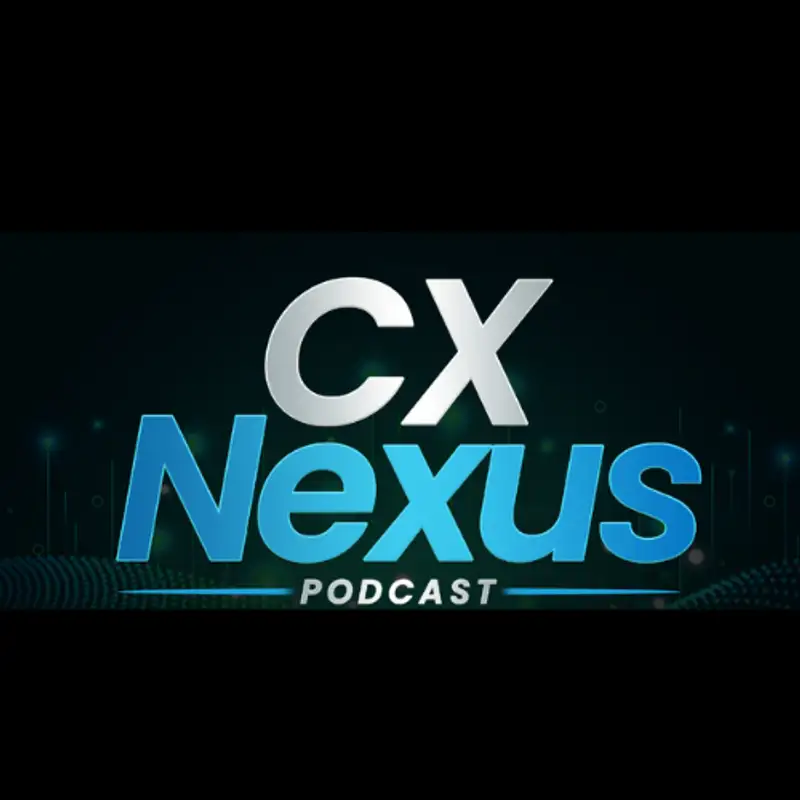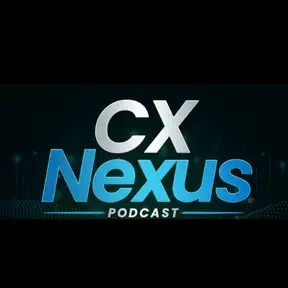
Episode 027 - Building Community Engagement and Content Through Online Webinars
Summary
Michael interviews Chris about his new webinar program that he created on the Imperva Community. During this podcast, Chris walks the audience through how and why he has created community webinars. These webinars create customer engagement, new and fresh content through Q&A, Community blog content, webinar videos and video snippets. The goal at the end of the day is getting the customers what they need as quickly as possible. These webinars help customers do just that. What we did not talk about is the time and effort this takes in getting the experts to do a webinar, content creation, and once it's created going back to get the expert to look at it and correct it and finally schedule the content post. That's another story, but it does take time, but the payoff is worth it.Show Notes:
Find Imperva Community Events / Webinars here https://community.imperva.com/participate/events
An ROI - Back of the Napkin - Email sent from Michael To Chris:
As a behind the napkin calculation and using a simple return/investment I would give this a try.
Find Imperva Community Events / Webinars here https://community.imperva.com/participate/events
An ROI - Back of the Napkin - Email sent from Michael To Chris:
As a behind the napkin calculation and using a simple return/investment I would give this a try.
COST SIDE
1) Assumed built in costs which are not included in the calculation. They are built in for all marketing efforts
a. IT cost
b. Computer infrastructure (your computer and facilities)
c. Phone charges or internet costs
2) Cost of materials
a. A day’s cost of community license
b. cost of webinar for an hour
c. Cost of hosting (webinar, community) for one hour
d. Cost of marketing (email that was sent, SEO etc)
3) Cost to produce
a. Cost of producing,
b. Freelancers used
c. Cost of your time for an hour
d. Cost of guest’s time for an hour
Add 2 and 3 up, and this is your cost to product a one hour show. ( $C )
RETURN
I would use your standard off the shelf consulting rate for technical support or consulting. My guess it’s about 200 bucks an hour. I would say, “hey, I won’t even make it equal, and I am going to really under estimate it at 25% of the rate, I would say it’s more like 50, but hey, for sake of estimation, let’s make it 25”. That is $25 an interaction
COUNT THE INTERACTIONS (Visitors , not visits)
Number of attendees to the event = W
Number of visitors to the videos from the webinar (to date) = V
Number of visitors to the blog (to date)= B
Number of visitors to the FAQs = F
W+V+B+F = total interactions (T)
Take your total interactions (T) and multiply times $25. = ($R)
ROI would be $R/$C and voila.
So if your costs were say 1K for the hour. And you had a total of 300 visitors to date on the one show and its variants, then the return would be 7500. The ROI would be 7.5 or for every dollar I spend producing a webinar, I get it back 7 bucks 50 cents. Folks will say, “well, that isn’t in the bottom line.” You will say, that is an extra 7 bucks we didn’t have to spend in real dollars in technical support infrastructure, and I think the work you are looking for .... is, you’re welcome. Now can I get what I need in budget please 😊
There are a lot of holes in the valuation but hopefully the numbers work and you can claim value.
Extra points if you can separate the interactions which came from google. Then I would compare it to a ROAS model. If you want to try that, it’s a slightly different calculation. One would see how much marketing spends to bring folks to one of their events and divide that amongst the total amount of attendees. My guess it would be high. That is their acquisition cost. For you, the amount of people who attend your webinar, let us say, 50 against the cost, 1000, and the cost of acquiring one person is $20. I bet marketing for a physical event is very high. This one will take more time to develop a model but it’s a start.
Creators and Guests

Host
Chris Detzel
Chris is a versatile Digital Community Strategist with several years of experience. He has owned community vision, strategy, and execution. He is responsible for leading the development and execution of community engagement programs, creating compelling content for customer communities and acts as the voice of the customer. He believes that data should drive decisions as it is the key element of any long-term successful strategy.
